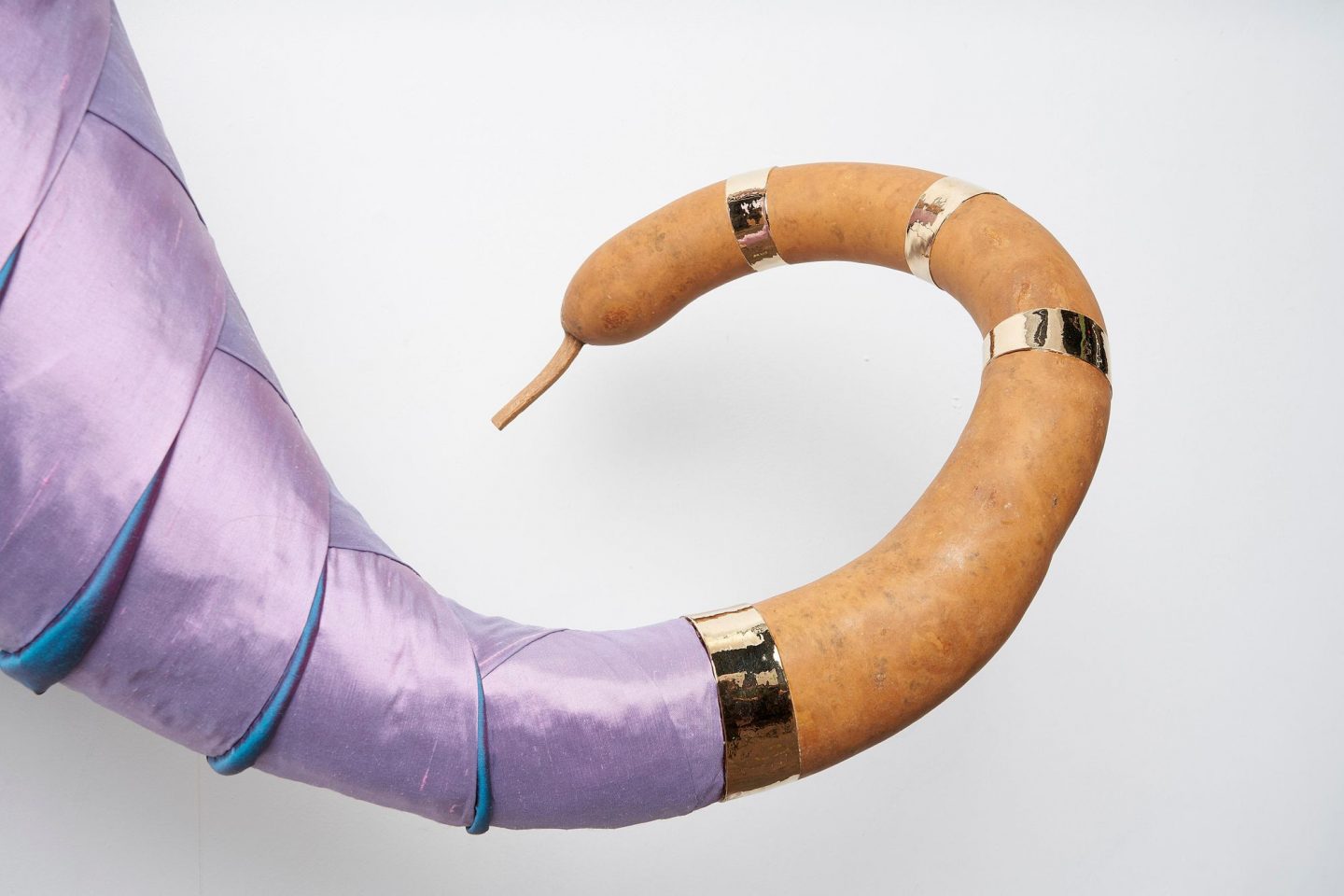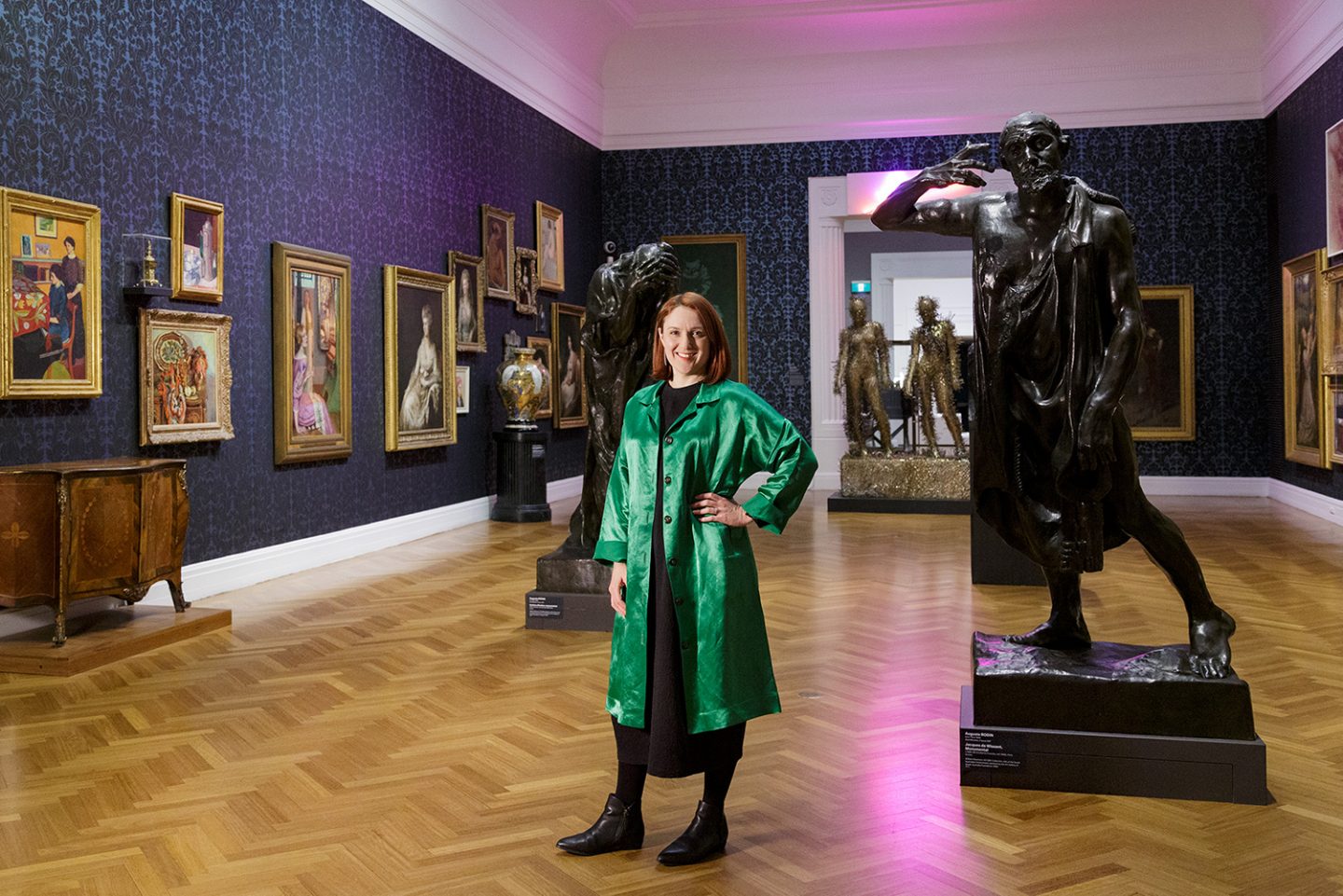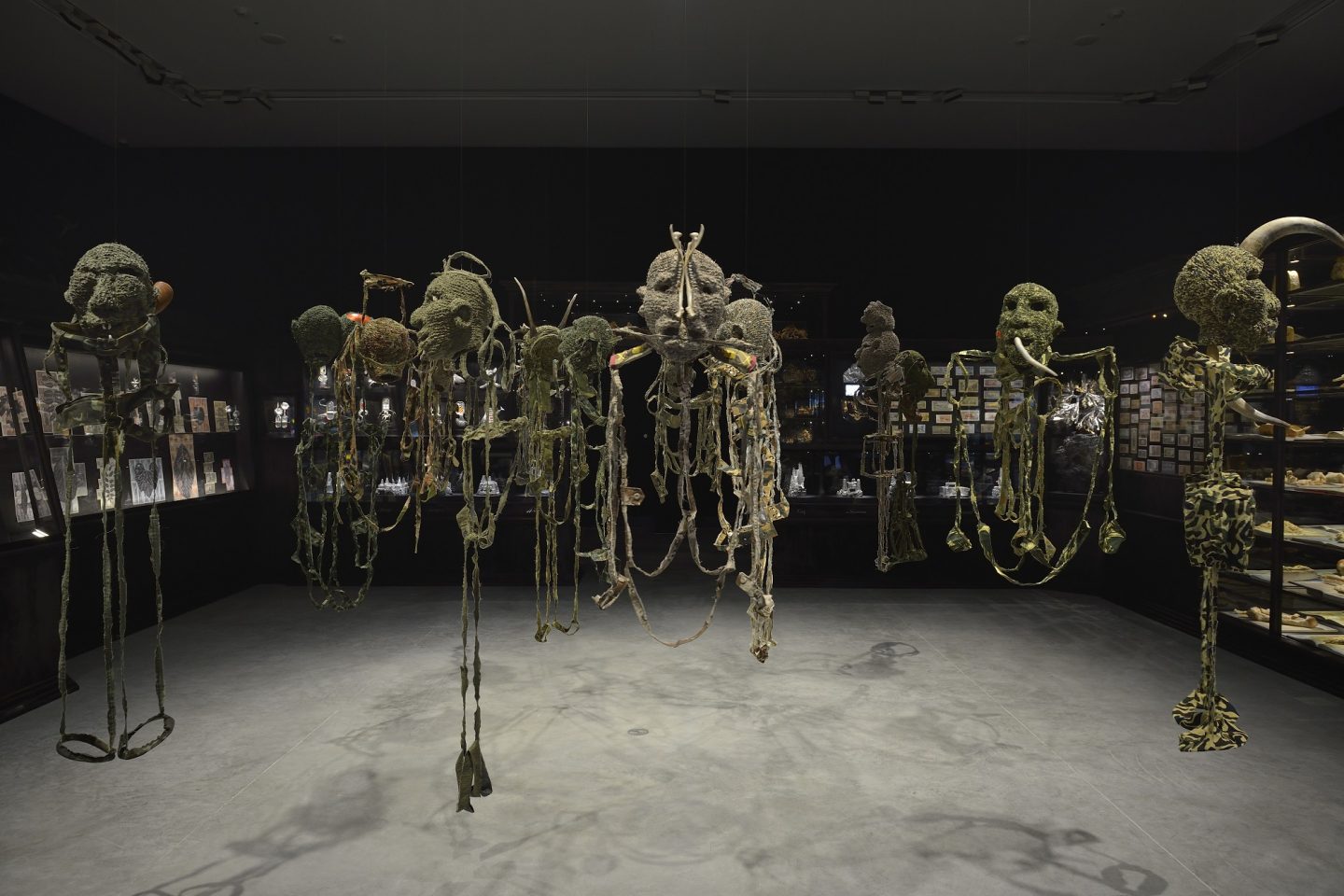The Adelaide Festival of Arts began in 1960 and today is considered
to be one of the world’s major celebrations of the arts, and a pre-eminent
cultural event in Australia. The Adelaide Biennial is firmly positioned as the
Festival’s premier visual arts event held every two years, even though the
Festival has been held annually since 2012.
When the Biennial was established in 1990, it
was planned to coincide with Artist’s Week, a five-day talkfest introduced in
1982 in response to the poor emphasis on visual art in the Adelaide Festival
program at the time. It addressed the growing need for forums to discuss art. In
1981, under pressure to include more Australian art in the Biennale of Sydney,
the Art Gallery of New South Wales introduced a principal survey of
contemporary Australian art, Australian Perspecta, to run in alternate
years to the Biennale.
The Adelaide Biennial was introduced to further
capture the growing interest in contemporary Australian art and was to be held
as a same-year supplement to the Biennale of Sydney and in alternate years to
the Prospecta. Unfortunately the Australian Perspecta ceased to exist
beyond 1999 but the Adelaide Biennial continued to make an impact. It is now,
some 30 years later, the key visual arts component of the Adelaide Festival.
When the then-director of the Art Gallery of South Australia,
Daniel Thomas, introduced the Biennial in 1990 the Adelaide Festival was
hosting significant visual arts exhibitions, but Thomas argued that they often
showed touring blockbuster exhibitions that festival visitors from interstate
and overseas had already seen or would see. He felt there was a need for a
contemporary art exhibition that wouldn’t tour and would be unique to the
Adelaide Festival.
 Julia Robinson, Australia, born 1981, Sweet Belly, 2019, Adelaide, gourd, silk, thread, pins, brass, gold plating, steel, mixed media, 130.0 x 100.0 x 50.0, courtesy the artist and Hugo Michell Gallery
Julia Robinson, Australia, born 1981, Sweet Belly, 2019, Adelaide, gourd, silk, thread, pins, brass, gold plating, steel, mixed media, 130.0 x 100.0 x 50.0, courtesy the artist and Hugo Michell Gallery
“We introduced the Biennial to keep Australia up to date. The
Adelaide Festival attracts both international and Australia-wide visitors and
we wanted to take advantage of this and introduce contemporary Australian art
to this audience,” explains Thomas.
Mary Eagle, a former art critic for the Age and head of
Australian Art at National Gallery of Australia (NGA), was the curator of the
first exhibition.
“We thought having a guest curator was a good idea, as it
refreshed our own Adelaide-based attitudes. This helped to engage national and
international audiences. I asked Mary to look for artists of any age who seemed
to be doing better or taking off or having a good patch,” explains Thomas.
Thomas also asked Eagle to consider the audience and create an
exhibition that was a “coherent visual/intellectual/ emotional experience for
the museum visitor”.
 Leigh Robb, Curator, Contemporary Art, Melrose Wing of International Art, Art Gallery of South Australia, Adelaide
Leigh Robb, Curator, Contemporary Art, Melrose Wing of International Art, Art Gallery of South Australia, Adelaide
For the Art Gallery of South Australia, and for the national
contemporary art scene, the Biennial is still relevant and fits with the
Adelaide Festival for practical reasons.
“Visitors from across Australia or around the world are primarily
going to be performance arts people who have events to go to at night but not
so often in the day time, and they are likely to want to go to art museums in
the day time,” says Thomas. “The Biennial offers night time festival-goers
something really significant to look at during the day.”
Artist Fiona Hall was fortunate enough to have her work Paradisus Terrestris (now in the collection of the NGA) in the first Adelaide Biennial, which had a huge impact on her career.
“When Mary Eagle first approached me about it I
was still formulating the work in my mind but said to her ‘It’s about botany
and sex’ and she said, ‘Great we will take it.’ I had no idea what the response
would be,” says Hall. “In hindsight, it had a big impact on the trajectory of
my career. It was new work for me and very different to what I had been doing
previously. Through the exhibition, a lot of people saw the work and responded
to it.”
 Fiona Hall, Australia, born 1953, All the King’s men, 2014-15, Adelaide, knitted military uniforms, wire, bone, horns, teeth, dice, glass and mixed media, (dimensions variable); Gift of Candy Bennett and Edwina Lehmann, Dr Peter and Sandra Dobson, David and Pam McKee, Simon Mordant AM and Catriona Mordant, John Phillips, and Tracey and Michael Whiting through the Art Gallery of South Australia Contemporary Collectors through the Fiona Hall Appeal 2015-16, Art Gallery of South Australia, Adelaide, courtesy Fiona Hall
Fiona Hall, Australia, born 1953, All the King’s men, 2014-15, Adelaide, knitted military uniforms, wire, bone, horns, teeth, dice, glass and mixed media, (dimensions variable); Gift of Candy Bennett and Edwina Lehmann, Dr Peter and Sandra Dobson, David and Pam McKee, Simon Mordant AM and Catriona Mordant, John Phillips, and Tracey and Michael Whiting through the Art Gallery of South Australia Contemporary Collectors through the Fiona Hall Appeal 2015-16, Art Gallery of South Australia, Adelaide, courtesy Fiona Hall
The NGA acquired the work and then commissioned Hall to produce a
work for the sculpture garden, creating Fern Garden, a 20-square-metre
permanent installation of landscape art, opened to the public in 1998. Hall
also went on to appear in another two Biennials: Converge: where art +
science meet (2002), where she presented the work Cell Culture, which
was acquired by AGSA, and Nick Mitzevich’s Dark Heart (2014), where she
presented an installation room called Art of My Tree.
One of the main differences between the Biennial of today and that
set up by Thomas is that it has a theme and a catchy title. In 1990, Thomas
asked Eagle to simply focus on what was new or what was interesting. Thomas
says, “A survey of contemporary art, with or without a theme, is the perfect
thing to have in Adelaide at Festival time.”
The 2020 Biennial, curated by Leigh Robb, is titled Monster
Theatres. Artists have been invited to make visible the monsters of now.
The exhibition shows the broad spectrum of contemporary art practice today with
artists working in media and disciplines including installation, painting,
photography, sculpture, textiles, film, video and sound art, as well as performance
and live art.
While the Biennial has evolved somewhat over its long history, the vision Thomas had back in 1990 is still evident today. The exhibition provides a snapshot of the current state of contemporary art in Australia and plays a crucial role in national and international visual art conversations.
2020 Biennial of Australian Art: Monster Theatres
29 February – 8 June 202
artgallery.sa.gov.au
Related Article
Monster Theatres: 2020 Adelaide Biennial artists revealed
Get the latest from The Adelaide Review in your inbox
Get the latest from The Adelaide Review in your inbox